Honor 20 vs Honor 10
With twice the numbers is the Honor 20 twice the phone?
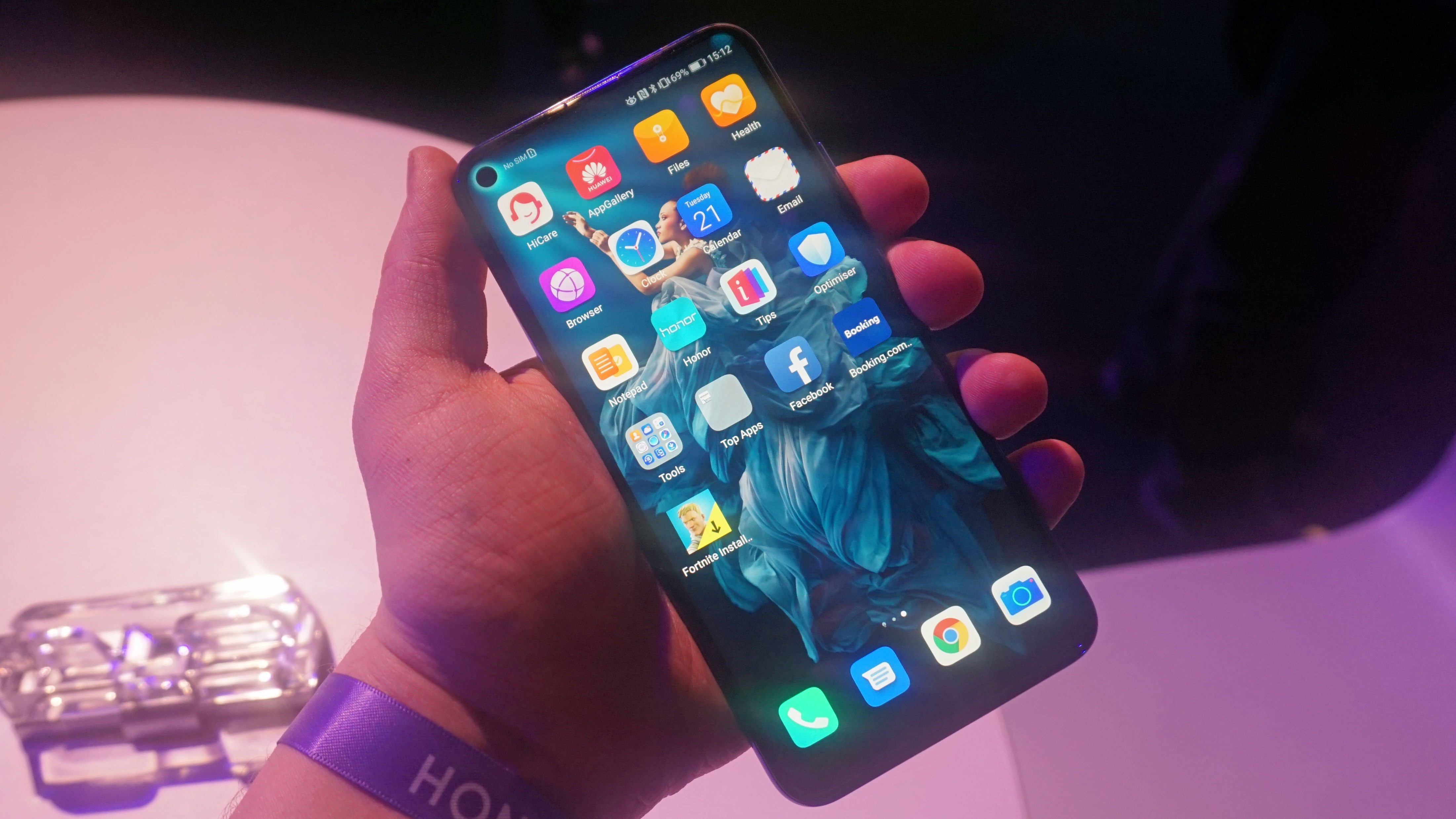
The Honor 10 stood out from the crowd in 2018, delivering near flagship specs and a striking look at a truly mid-range price. Now the Honor 20 is here (alongside the Honor 20 Pro) to try and repeat the trick.
But does it succeed? You’ll have to wait for our full review for the final verdict on that, but for a rundown of how it differs from its predecessor, read on.
We’ve compared the two phones across all the key categories including design, display, camera and more, so you can see just how much of an upgrade the Honor 20 really is.
Honor 20 vs Honor 10 design
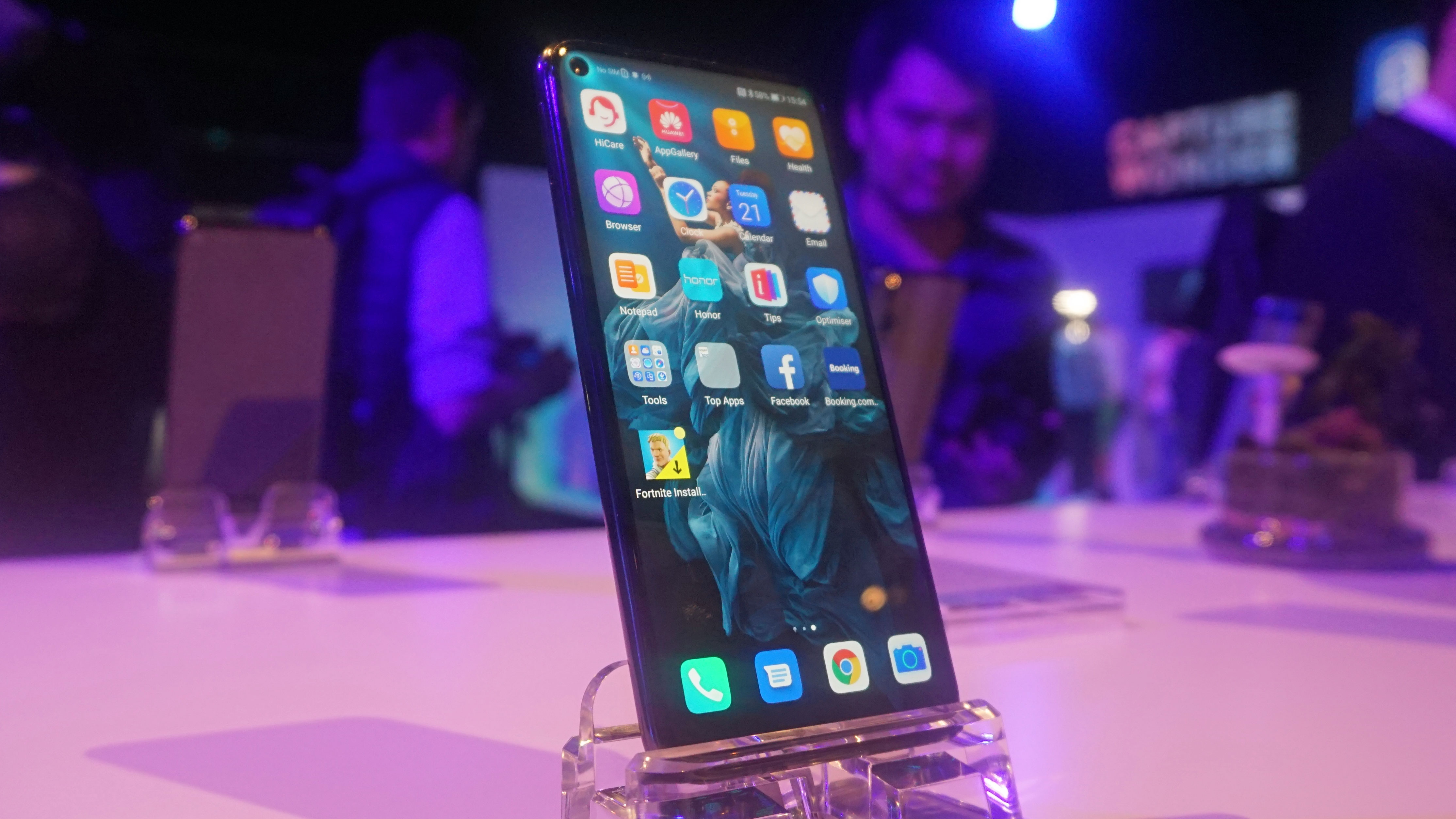
The Honor 20 has a far more modern design than the Honor 10 – though it’s worth noting that at launch just a year ago, the Honor 10’s design was considered very current.
The new phone has an almost all-screen front, with just a small bezel below the display and a punch-hole camera in the top left corner, while the Honor 10 has a slightly larger bottom bezel, as it’s used to house a fingerprint scanner (whereas the Honor 20 puts its scanner on the side). The Honor 10’s front-facing camera meanwhile sits in a notch at the top.
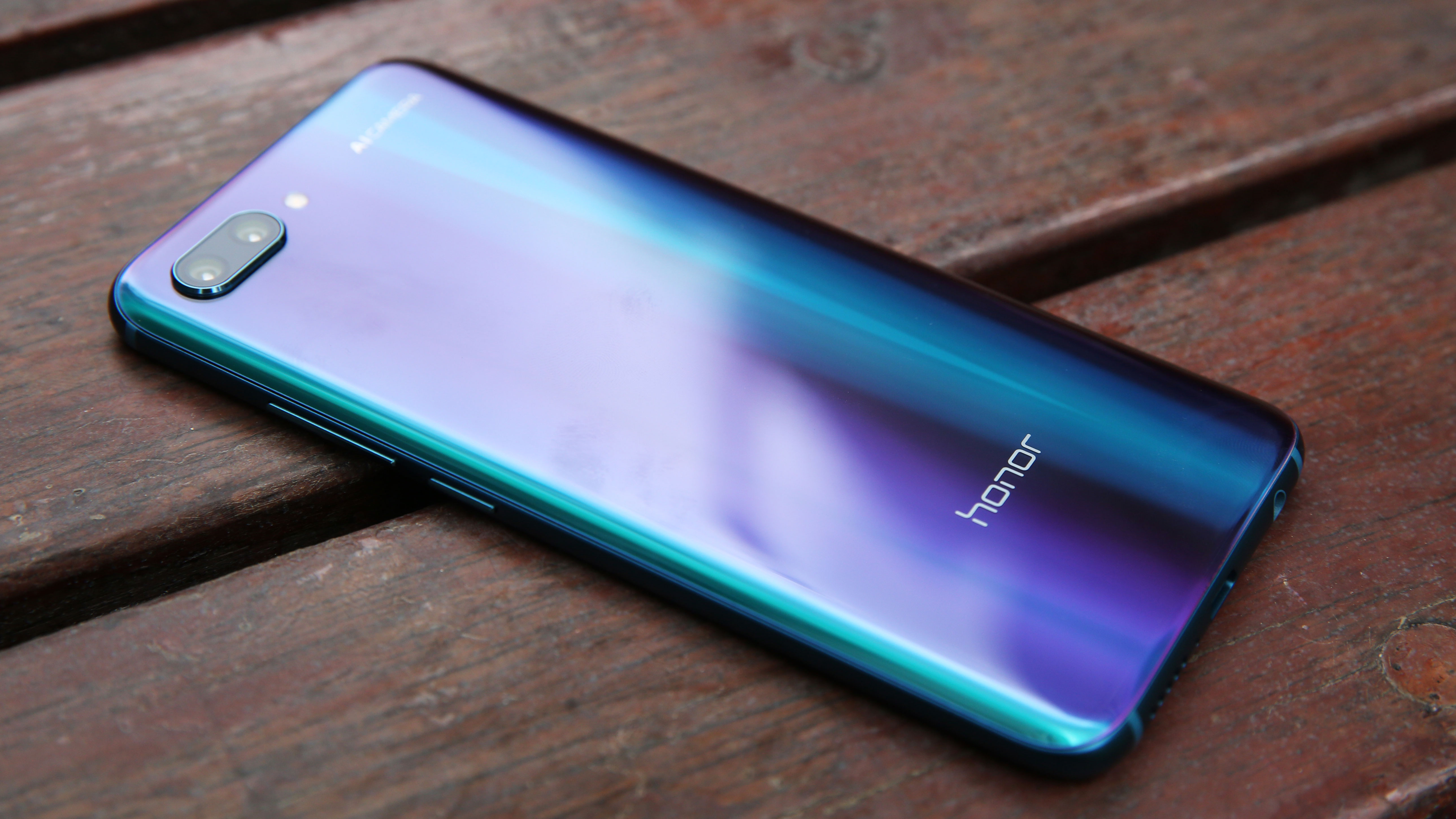
From the back there’s less difference as both phones sport striking, reflective glass rears, but while the Honor 10 has a horizontally arranged dual-lens camera, the Honor 20 has a vertically stacked quad-lens setup.
As for dimensions and weight, the Honor 20 comes in at 154.25 x 73.97 x 7.87mm and 174g, while the Honor 10 is 149.6 x 71.2 x 7.7mm and 153g, so the older phone is slightly smaller and lighter.
Sign up for breaking news, reviews, opinion, top tech deals, and more.
Honor 20 vs Honor 10 display

The Honor 20’s screen is larger but no sharper than the Honor 10’s, coming in at 6.26 inches with a resolution of 1080 x 2340 and a pixel density of 412 pixels per inch (PPI), while the Honor 10’s screen is 5.84 inches, with a resolution of 1080 x 2280 and a pixel density of 432ppi.
So on paper the size is the main difference, and even with its smaller bezels the Honor 20 is a larger phone in the hand.

Whether a bigger screen is better or worse is subjective, but we’ll be sure to let you know how good quality the display is once we’ve put the Honor 20 through a full review. The Honor 10 for its part has a screen that we described as bright, clear and vibrant.
Honor 20 vs Honor 10 camera and battery
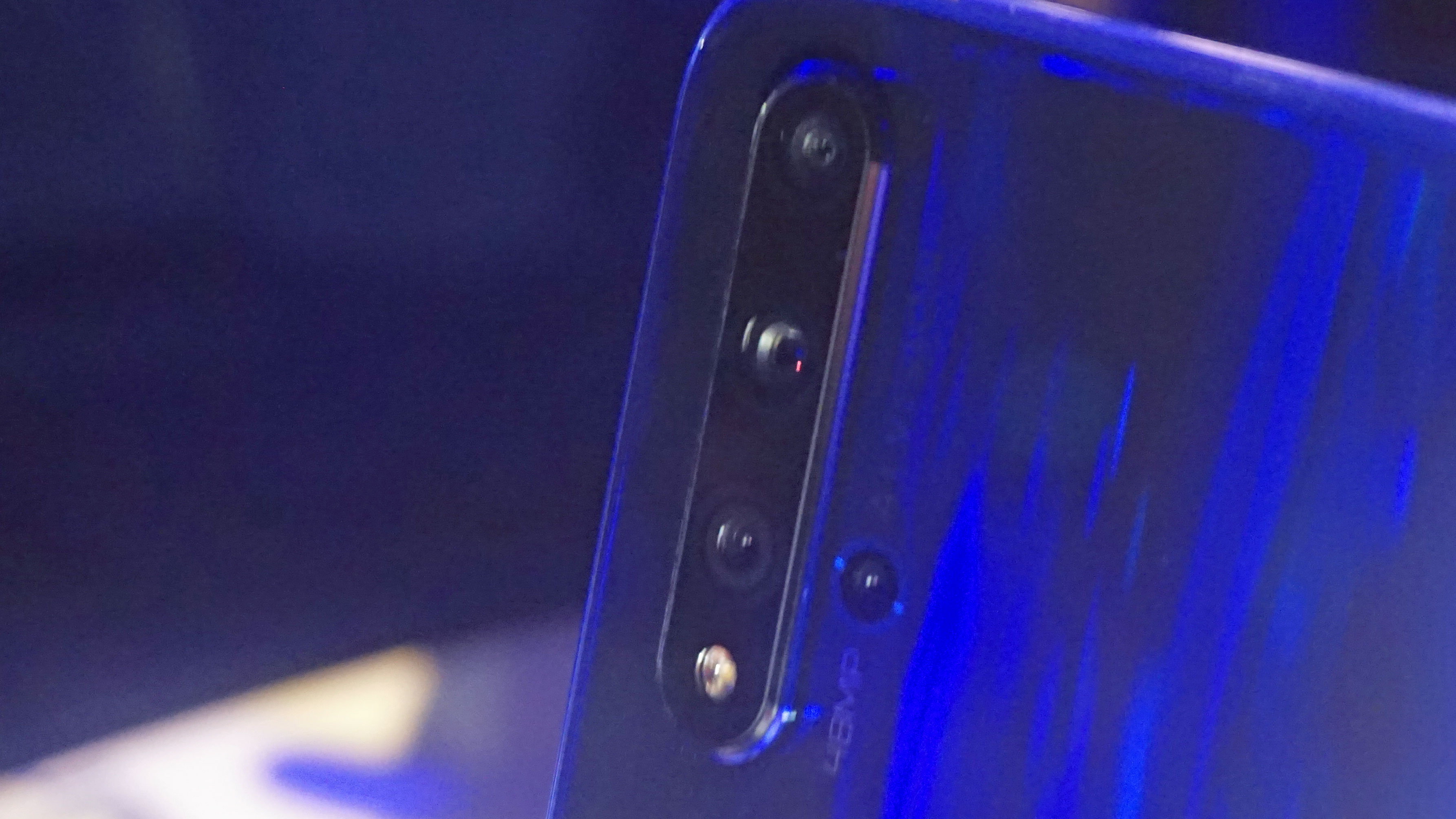
The Honor 20's camera looks set to be one of the biggest improvements on its predecessor, as you get a quad-lens rear snapper rather than a dual-lens one.
The Honor 20 has a 48MP f/1.8 main lens, a 16MP f/2.2 wide-angle lens, a 2MP f/2.4 depth sensor, and a 2MP f/2.4 macro lens. The Honor 10 on the other hand has just a 16MP f/1.8 color lens and a 24MP f/1.8 black-and-white one.
On top of fewer lenses, the focus is different. The Honor 10 tends to combine images taken with its two sensors for a single more detailed photo, while the Honor 20 has different lenses for different types of shots.
That should make the Honor 20 more versatile, but we’ll let you know how the camera performs in our full Honor 20 review.
It’s worth noting that both phones have various AI-powered shooting modes, but it’s likely that here too the Honor 20 will offer improvements.

On the front, the Honor 20 has a 32MP f/2.0 camera, while the Honor 10 has a 24MP f/2.0 one, so again that sounds like an upgrade for the Honor 20, but megapixels aren’t everything.
As for battery, the Honor 20 has a 3,750mAh one which the company claims offers all-day life. The Honor 10 has a slightly smaller 3,400mAh one, but in our own tests we found this lasted around a day, so there might not be a big difference in life.
Honor 20 vs Honor 10 power
Unsurprisingly you get more power from the Honor 20. It has an octa-core Kirin 980 chipset (the same as you’ll find in the Huawei P30 range) and 6GB of RAM, so this should be able to compete with flagships in terms of performance.
The Honor 10 meanwhile has an octa-core Kirin 970 chipset (which was high-end in 2018) and either 4GB or 6GB of RAM. The Honor 10 also comes with either 64GB or 128GB of storage, while the Honor 20 just comes in a 128GB size.
Honor 20 vs Honor 10 price
The Honor 20 costs £399.99 (roughly $510/AU$740), which is exactly what the Honor 10 cost at launch. Of course, you can get the Honor 10 for far less than that now, with UK stores stocking it from around £280.
So you're paying around £120 (roughly $155/AU$220) more for the Honor 20's improvements. Note also that the Honor 20 definitely won't be coming to the US.
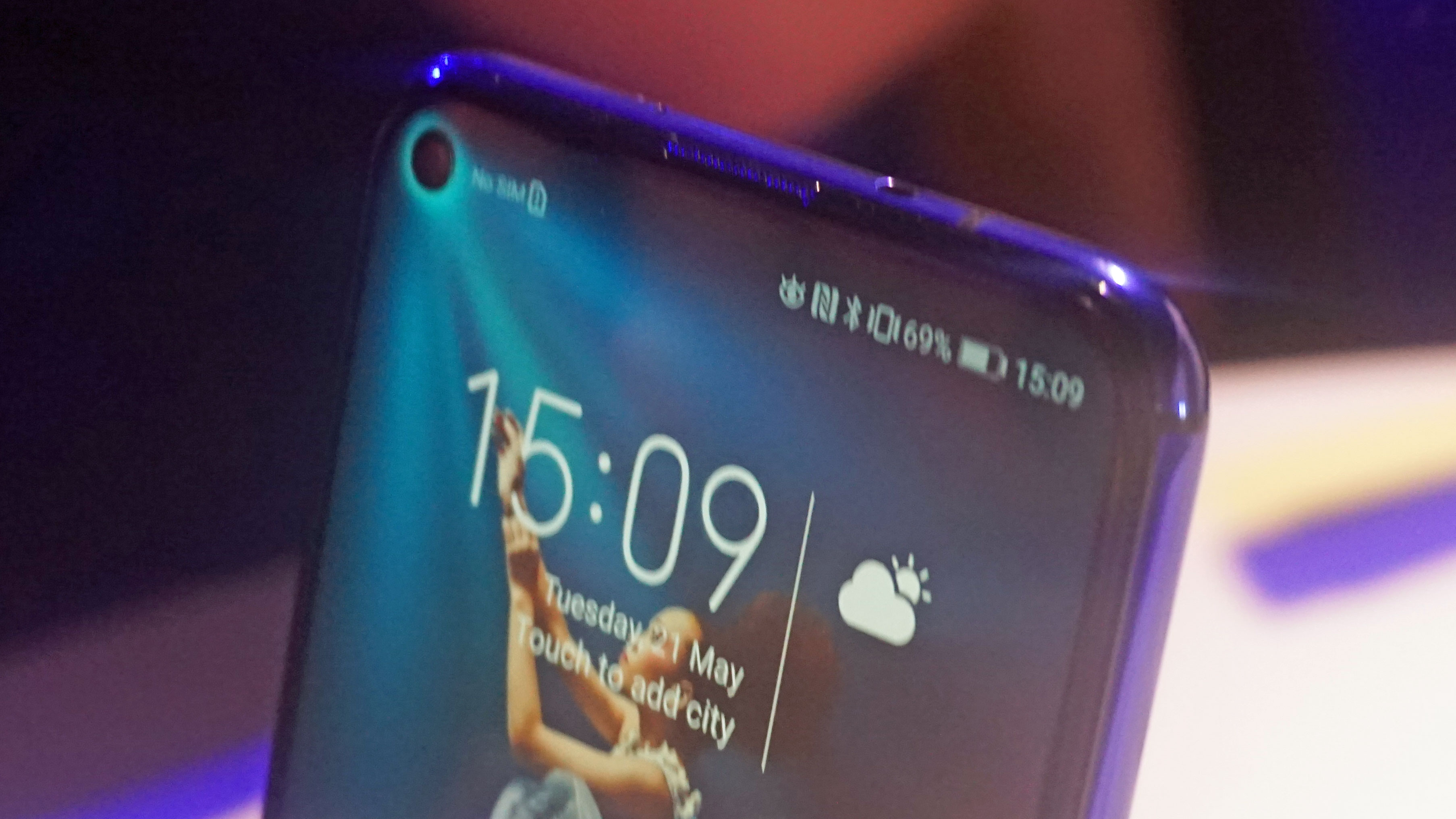
Takeaway
There are a number of changes and upgrades on the Honor 20. It has a more modern, all-screen design with a punch-hole camera rather than a notch, a larger display, more power and two extra camera lenses, as well as a slightly bigger battery.
However, the two phones have similarly sharp screens and – camera aside – most aspects of the Honor 20 only look to be small upgrades, so the difference between the two might not be enormous.
We’ll let you know exactly how good the Honor 20 is in our full review, but on paper it looks to be a solid if conservative upgrade from the Honor 10.
- Read our full OnePlus 7 Pro review
James is a freelance phones, tablets and wearables writer and sub-editor at TechRadar. He has a love for everything ‘smart’, from watches to lights, and can often be found arguing with AI assistants or drowning in the latest apps. James also contributes to 3G.co.uk, 4G.co.uk and 5G.co.uk and has written for T3, Digital Camera World, Clarity Media and others, with work on the web, in print and on TV.